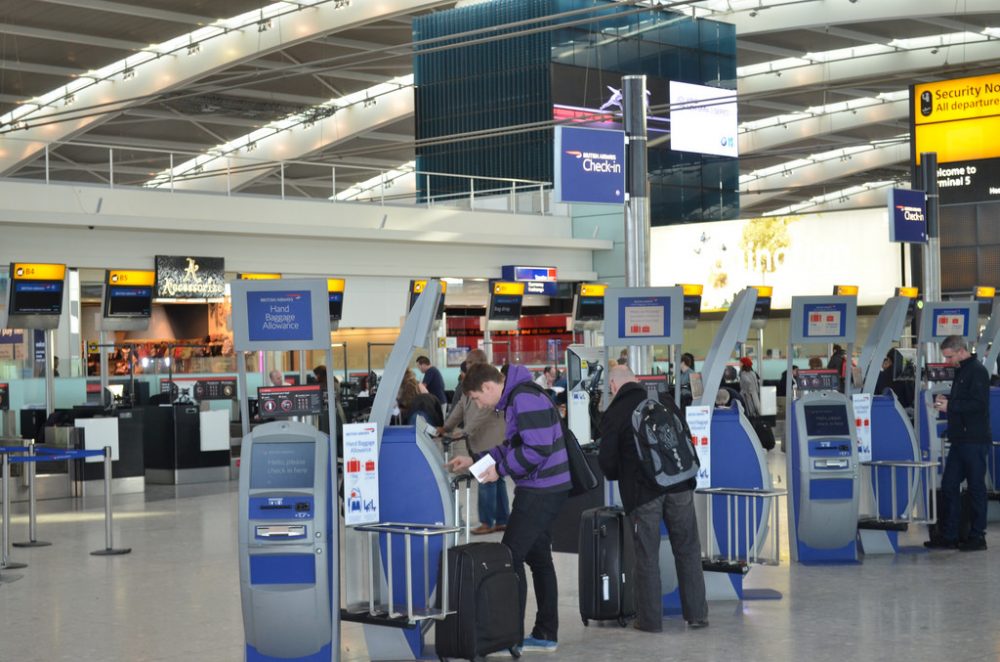The recent case of a United Airlines’ passenger being violently removed from a plane grew global attention to customer satisfaction in airlines, with modern technologies playing a huge part in this case. Mobile phones taken on board flights by passengers recorded videos that were uploaded to social media sites in real time and ultimately went viral. While this example demonstrates the use of mobile phones to document events in real time, it is technology, which is now extremely prevalent in the lives of travelers, that is also transforming travel experiences.
Many of us now book flights online, have options to check-in at home on a computer screen or using our mobile phone or at the airport on a check-in kiosk. Passengers can have their boarding pass sent to a smart phone. People follow live maps, use destination apps as travel guides, book a ride with Uber, or search for nearby restaurants on Yelp. On board some flights, passengers can access wifi services and surf the net. People potentially love travel technologies because of the efficiency,convenience and greater control they provide, but technologies can also at times create feelings of frustration, anxiety, stress, isolation and chaos.
To investigate further the topic of modern technologies as an impact on consumers, we conducted a study with respondents from Australia, China, and the U.S. We found that there isn’t a great deal of satisfaction with airline technologies with travellers rating their satisfaction with technology enabled services (TESs) only slightly above neutral (i.e., 4.64, 4.12, and 4.27 out of 7). The study also confirms that although TESs are often peripheral rather than core features of a flight experience, a failure in the airline’s TESs is likely to result in dissatisfaction with the overall flight experience, negatively affecting travellers’ post-flight attitudes towards the airline.
It is also clear that travellers are not at all the same when it comes to attitudes and behaviours towards TESs. People vary in terms of technology savviness, past experience, and cultural background, which together establishes unique frames within which they evaluate TESs and their overall experiences. We found that the relationship between satisfaction with TESs and overall satisfaction is stronger in the Chinese market than in the Australian and American markets, highlighting the particular importance of these services among Chinese travellers. However, there is a weaker relationship between overall satisfaction and future behavioural intention among the Chinese, requiring airlines to make extra effort to entice Chinese travellers back and to encourage their favorable behaviour towards the airlines. This may be achieved through proactive customer relationship management and offering tangible and value-added incentives, such as extra mileage points and pre-selection of service features that do not incur significant costs to airlines. Differentiated strategies may be needed for different markets with respect to TES-related communication and education and in terms of stimulating WOM behaviour.
Detailed findings can be found in Wang, Y., So, K. K. F, and Sparks, B. A (2017). Technology Readiness and Customer Satisfaction with Travel Technologies: A Cross-Country Investigation. Journal of Travel Research, 56(5), 563-577.
Written by Dr Ying Wang, Research Member, Griffith Institute for Tourism.
